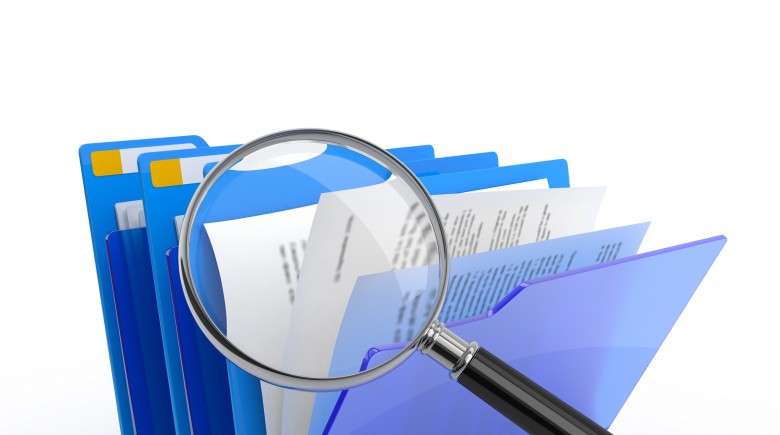So, the mortgage lender approved your home loan application and you’re one step closer to buying your house. It’s definitely a good day in the neighborhood. But before you leap for joy, it’s important that you understand the costs associated with buying a house.
Buying a house doesn’t stop with getting approved for a particular loan amount. This is just the beginning. And within a couple of days of your loan approval, the mortgage lender will forward a good faith estimate (GFE), outlining all costs and fees.
As you’ll quickly realize, buying a house is by no means cheap. Maybe you’ve already wrapped your head around the down payment, and now you have to come to terms with your closing costs, which can be as much as 5 percent of the purchase price.
Regrettably, some buyers don’t closely evaluate their good faith estimate. They might glance over the document and accept the fees and costs. This method, however, can result in paying more than necessary for a mortgage. Then again, there are some borrowers who don’t even look at the document, thus failing to realize the out-of-pocket costs due at closing.
This is an important document when purchasing a home, as such, it shouldn’t be ignored. Here are three areas to scrutinize on your good faith estimate.
1. Interest rate
The interest rate on your home loan not only impacts your home loan payment, but determines how much you pay in interest over the next 30 years. Mortgage lenders are obligated to include your interest rate and APR on the good faith estimate. There are differences between the two percentages. The interest rate is the cost of borrowing the loan, whereas the APR is the cost of the mortgage on a yearly basis. The APR will likely be higher than the interest rate, which is perfectly normal.
Knowing this information can help you assess the true cost of the mortgage loan, and if you feel that the interest rate is on the high side, you can negotiate a better rate with your lender or shop around and compare other rates.
2. Closing costs
The good faith estimate will list all your closing costs, which are paid to your lender on your closing date. Pay close attention to this section of the GFE, and if you have questions or concerns about any costs, bring these to the lender’s attention.
Closing costs include a variety of fees, such as the title search fee, the underwriter’s fee, the recording fee, the appraisal, pre-paid interest, discount points and the loan origination fee. Some of these fees are non-negotiable, but if your closing costs are higher than anticipated, you might be able to negotiate a lower loan origination fee or pay fewer points.
3. Estimated monthly payment
So that there are no surprises at closing, the good faith estimate includes your estimated mortgage payment, including interest, taxes, homeowner’s insurance and private mortgage insurance. This isn’t an exact figure, but it’ll be within range of your actual payment. With this information you can decide whether the house is truly affordable.
So, the mortgage lender approved your home loan application and you’re one step closer to buying your house. It’s definitely a good day in the neighborhood. But before you leap for joy, it’s important that you understand the costs associated with buying a house.
Buying a house doesn’t stop with getting approved for a particular loan amount. This is just the beginning. And within a couple of days of your loan approval, the mortgage lender will forward a good faith estimate (GFE), outlining all costs and fees.
As you’ll quickly realize, buying a house is by no means cheap. Maybe you’ve already wrapped your head around the down payment, and now you have to come to terms with your closing costs, which can be as much as 5 percent of the purchase price.
Regrettably, some buyers don’t closely evaluate their good faith estimate. They might glance over the document and accept the fees and costs. This method, however, can result in paying more than necessary for a mortgage. Then again, there are some borrowers who don’t even look at the document, thus failing to realize the out-of-pocket costs due at closing.
This is an important document when purchasing a home, as such, it shouldn’t be ignored. Here are three areas to scrutinize on your good faith estimate.
1. Interest rate
The interest rate on your home loan not only impacts your home loan payment, but determines how much you pay in interest over the next 30 years. Mortgage lenders are obligated to include your interest rate and APR on the good faith estimate. There are differences between the two percentages. The interest rate is the cost of borrowing the loan, whereas the APR is the cost of the mortgage on a yearly basis. The APR will likely be higher than the interest rate, which is perfectly normal.
Knowing this information can help you assess the true cost of the mortgage loan, and if you feel that the interest rate is on the high side, you can negotiate a better rate with your lender or shop around and compare other rates.
2. Closing costs
The good faith estimate will list all your closing costs, which are paid to your lender on your closing date. Pay close attention to this section of the GFE, and if you have questions or concerns about any costs, bring these to the lender’s attention.
Closing costs include a variety of fees, such as the title search fee, the underwriter’s fee, the recording fee, the appraisal, pre-paid interest, discount points and the loan origination fee. Some of these fees are non-negotiable, but if your closing costs are higher than anticipated, you might be able to negotiate a lower loan origination fee or pay fewer points.
3. Estimated monthly payment
So that there are no surprises at closing, the good faith estimate includes your estimated mortgage payment, including interest, taxes, homeowner’s insurance and private mortgage insurance. This isn’t an exact figure, but it’ll be within range of your actual payment. With this information you can decide whether the house is truly affordable.







